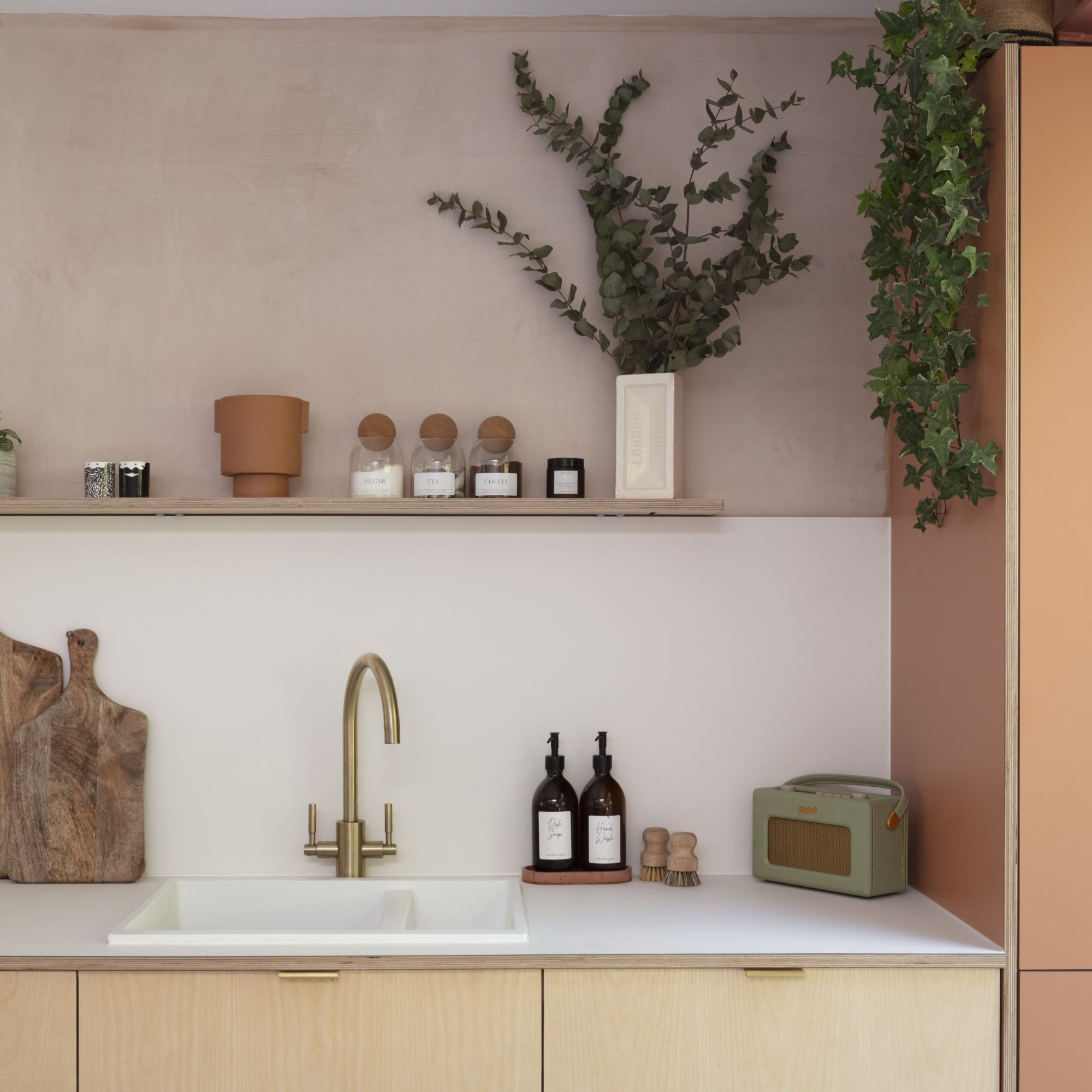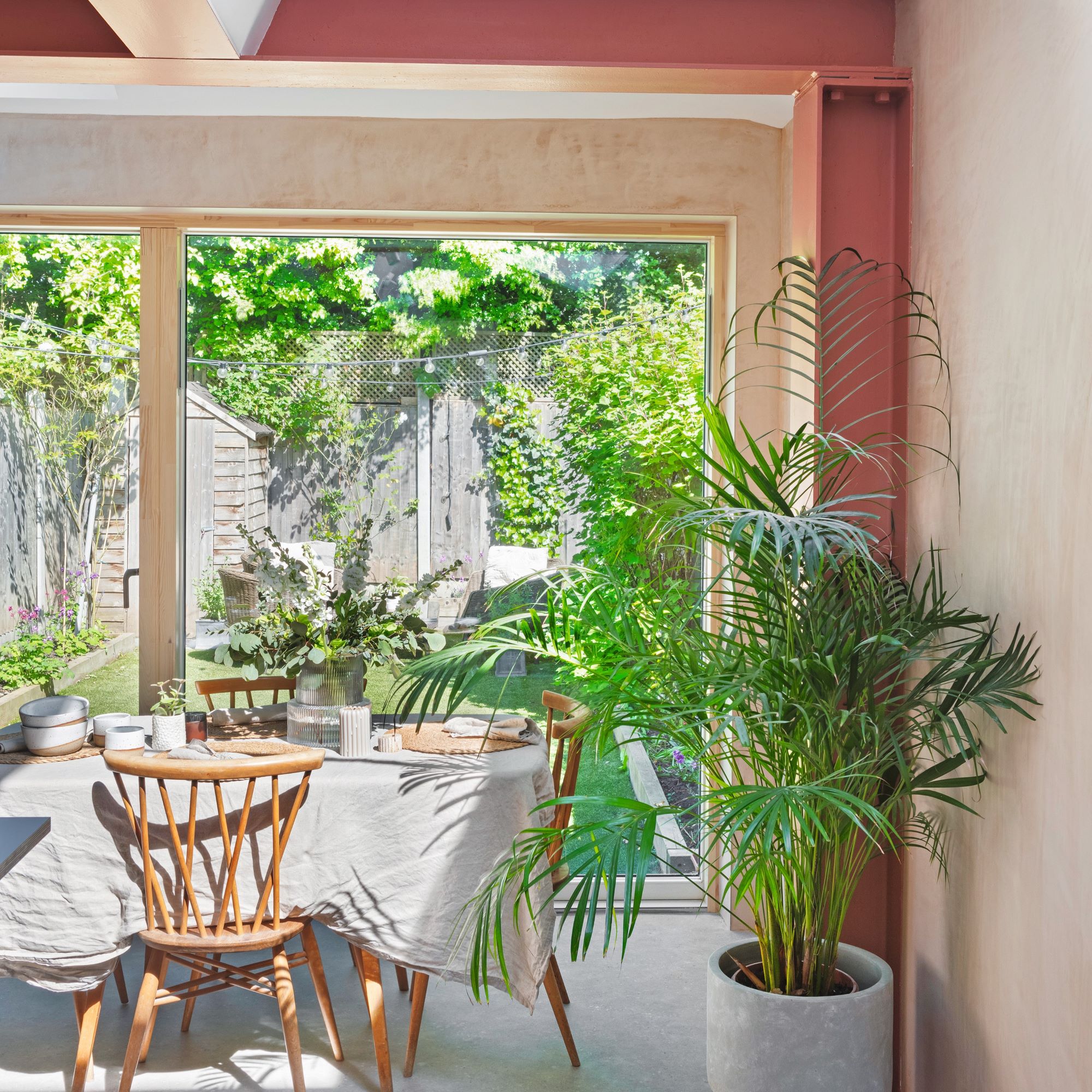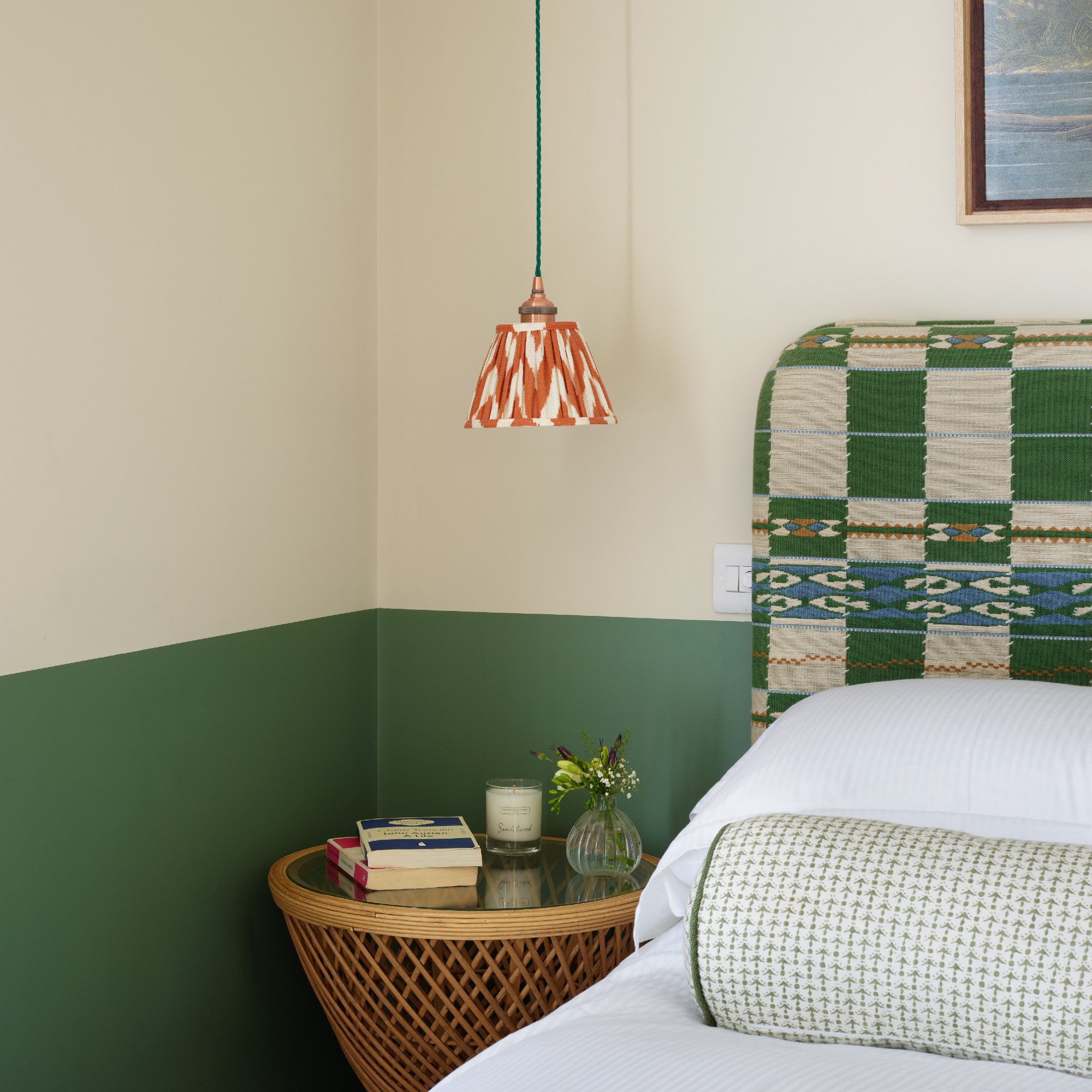
You probably know that sugar soap is a painter’s dream and is often the product of choice when preparing a wall for the paint colour of your choice. But if you don’t have any sugar soap lying around, you might wonder: Can I use washing-up liquid to clean walls before painting?
Yes, cleaning walls before painting is one of the best ways to bring your paint ideas to life and avoid any paint problems. If your wall is clean and prepped before painting, you’ll be rewarded with even coverage and a flawless finish. And, if you’ve done this in the past, you may have bought sugar soap for the task.
But have you ever wondered whether you could use anything else to clean walls before painting? Can you use washing-up liquid to clean walls before painting? Well, we decided to ask the experts - and they have good news.

For years, sugar soap has been seen as the product to clean walls before painting - and it can certainly do a good job. The crystallised chemical compound can strip away any dirt or debris in no time, but it’s fair to say that it does have its disadvantages. And that’s where washing-up liquid can reign supreme.
Although sugar soap is non-toxic, using it in large quantities can result in skin irritation, and in extreme cases, it can even strip paint from your wall. But if you use washing-up liquid as a natural alternative, you can clean your walls without removing paint.
Michael Rolland, Paint Expert and Managing Director of The Paint Shed, explains, ‘Whilst sugar soap is one of our most recommended products for cleaning and preparing walls, some alternatives can do an equally good job if used correctly.’
However, Michael does issue a word of warning to those who are looking to try this natural cleaning method. He says, ‘The washing liquid must be thoroughly washed off. Otherwise, it can defeat the object of prepping your foundation, ruining the final finish of your paint.’

How to use washing-up liquid to clean walls before painting
We already know that you can use washing-up liquid to clean walls before painting, but there is an art to this DIY task. To ensure a clean wall and even paint coverage, follow this guide.
What you'll need
- Buckets - like this Addis Metallic Bucket from Lakeland.
- Washing-up liquid - like this Ecover Washing Up Liquid from Amazon.
- Large sponge - like these Jumbo Sponges from Amazon.
- Microfibre cloths - like these Sorbo Pack of 4 Microfibre Cloths from Dunelm.
- Water
Step-by-step
1. Mix your soap solution
Although you can simply squirt undiluted washing-up liquid onto a wet sponge to clean walls before painting, you may find that this is too greasy and thick to clean efficiently. It may also affect your finish. So, it’s best to mix a soap solution first.
To do this, grab a bucket of warm water and add some washing-up liquid into the mix - about the same amount as you would to clean your plates or clean your windows.
However, if you plan on cleaning the walls in your kitchen prior to painting, you may find that you need to add some more washing-up liquid to tackle the dirt and grease stuck to the wall.
2. Split up your room
We understand that you probably want to get your painting prep completed as soon as possible, but you should never rush this step - especially as wet walls can result in your paint bubbling while painting.
Because of this, it’s better to take your time when using washing-up liquid to clean walls before painting. Although you may be inclined to wash your whole room at once, it’ll work in your favour if you split up your room and tackle one wall at a time.
And when you’ve chosen which wall you want to tackle first, you should split it into further sections - i.e., the top right corner followed by the bottom left corner. By doing this, you can ensure that you won’t miss a section and determine whether you need to change your water to washing-up liquid ratio.

3. Clean in a circular motion
When you’ve created your washing-up liquid solution, and you’ve mentally split up your room in your head, you can then start cleaning.
Start by dunking the sponge into the bucket of soapy water and squeezing it out so it’s slightly damp but not too wet. You should then always work from the top to the bottom of your section and clean in a circular motion.
During this stage, you don’t want to saturate your walls. You want to avoid getting them too wet and avoid pressing down too hard with the sponge. Instead, a light-to-medium touch is advised.
4. Wipe down the walls with a cloth
As soon as you’ve cleaned the walls with the sponge, you should wipe them down with a clean microfibre cloth. This prevents the walls from absorbing too much water and becoming damp and removes any lingering dust or dirt. Aim to dry them as much as possible at this point.
You may also want to spot-clean stains with baking soda and water during this stage. But, in most cases, the upcoming coat of paint will cover the stains in no time.
When you’re done, the walls should be almost dry to the touch. Just make sure that you also give them time to air dry - or use one of the best dehumidifiers to dry out the whole room.
FAQs
Why don’t professional painters wash walls before painting?
Cleaning walls before painting is an important step in the painting process, and most professional painters will do this. If a professional painter skips this step, they may feel your walls don’t need cleaning (for example, they are painting on fresh plaster) - or they are just trying to rush the job.
Because of this, you should always hire a reputable painter and choose someone based on their reviews. These can be both word-of-mouth or online reviews.
How long after washing walls can I paint?
Before painting, you should always wait until your walls are fully dry after cleaning. This ultimately depends on how much you saturated the walls during the cleaning process and the room itself. If you have a particularly humid room, it may take much longer.
In fact, it can take anywhere between 4 to 24 hours for walls to dry after cleaning. If you want to speed up the process, we’d suggest opening windows, using a fan, and even using a dehumidifier.
But even if the walls feel dry to the touch, we’d always suggest waiting an extra hour or two just in case.
So, will you be using washing-up liquid to clean your walls before painting?







